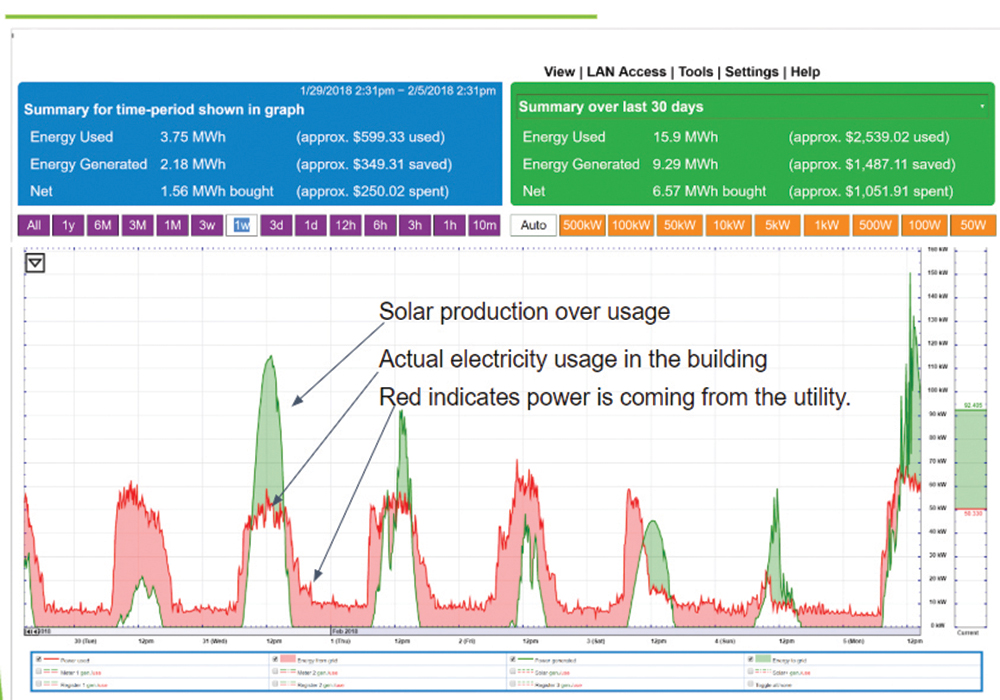
Staying on top of your energy consumption with demand monitoring - by Steve Bianchi

Solect Energy
If you’re like me, I’m sure you have had those moments when your energy bill arrives and you find yourself saying “can that be right?” With all of the stifling heat this summer and HVAC systems working overtime to keep up, many building owners or their tenants are probably thinking the same thing. Well, it’s not a crazy question to ask. Although usage accuracy is important for utilities, meters and other systems can malfunction and occasionally may result in over billing.
So if you find yourself questioning a bill, there is now a way you can check to see if it really is accurate. Demand monitoring is an approach that has been gaining traction with many building owners. A demand monitoring system allows you to measure your building’s energy consumption. It can be customized based on your needs and building parameters, for example, allowing building owners to measure the energy consumption for each tenant.
Another advantage applies to solar energy systems. A demand monitoring system can show you exactly what the solar energy system is producing and how much power you, or your tenants are using. In Massachusetts, under the SREC program, solar energy systems needed to be paired with the load of the building occupant; with a demand monitoring system it’s now easy to see what is happening.
Demand monitoring systems can also tell you how you are using your energy. They will be able to identify your peak energy usage. This is important because utilities assess “demand charges” based on these peak periods. Once you know the peak, you can take steps to better manage your load and flatten out your usage. This could also tell you if you might be a candidate for an energy storage system which can be charged during times or low usage and deployed during peak times.
The chart below shows a prime example of a solar array that produces most or all of the building’s mid-day consumption, but may not be reducing monthly peak demand charges. This system would be a perfect fit for a solar + storage solution, that would store the extra energy produced during the day for use during the unaddressed peak periods.

Lastly, installing a demand monitoring system is relatively simple. It requires a data logger and installation of a few CT (current transformer) meters that measure the supply of current. Software systems can track the data and provide other options like dashboards and invoicing services. A reputable energy services company will typically offer demand monitoring services and the price is usually quite reasonable. So if you are still wondering about those energy bills, it might be worth taking a closer look at demand monitoring.
Steve Bianchi is senior vice president of customer services and a partner at Solect Energy, Hopkinton, Mass.